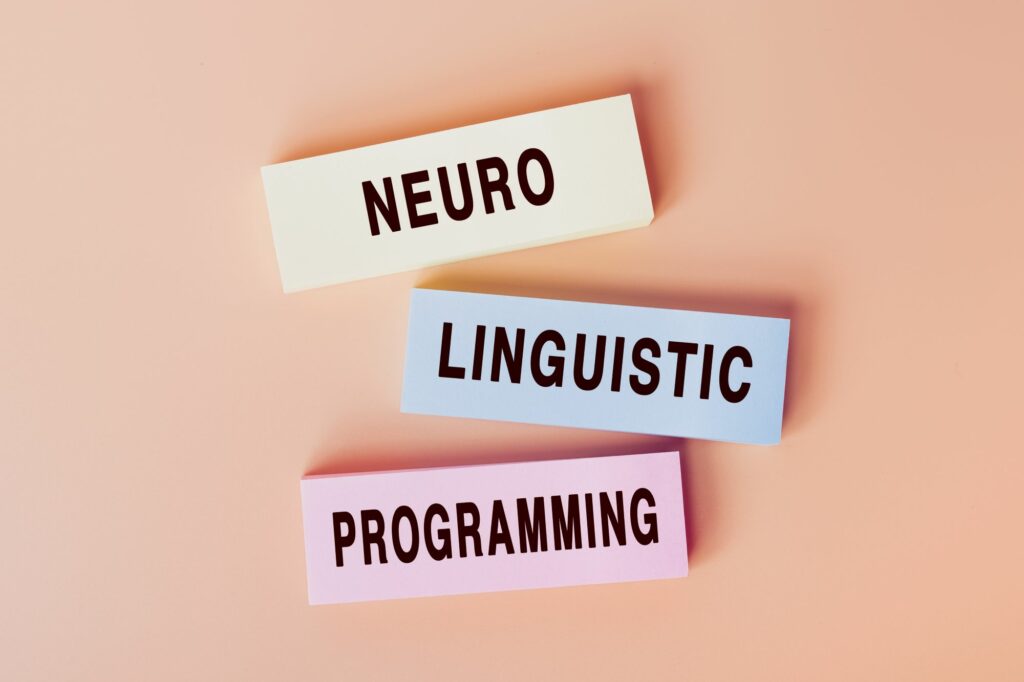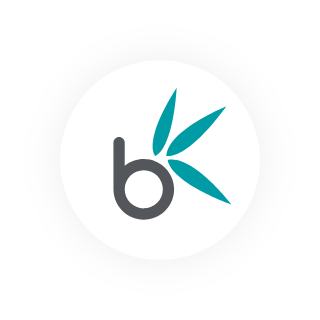How NLP Copywriting Can Boost Online Conversions
What is NLP?

It stands for neuro-linguistic programming – neuro as in the brain, linguistic as in language and programming as in computers. In essence, NLP follows this idea of using the power of words to re-program the brain and change behaviour. Sounds familiar to copywriting, doesn’t it? That’s because it’s not too far away from it.
I’m fascinated by psychology and the power of language influence and persuasion. NLP is more common than you think, with celebrities such as Derren Brown and Paul McKenna exploiting their NLP gifts and knowledge for commercial gain.
I’ve narrowed down the essential cogs that makeup NLP into four sections, which are seen below:
1. Use Positive Language
The mind finds it far easier to focus on positive rather than negative outcomes, that’s a fact. Using positive outcomes helps a person see the benefits of moving forward to your desired result. For example:
i) A negative phrase such as “lose weight” can be changed to something like “become healthier and more active and you’ll feel great!” it’s simply really, people don’t like being stifled, even though the aforementioned term is derogatory in nature, it evokes the same message as the ‘nicer’ message. People seek positivity, so write positively, give your audience something that will paint them in a better light and they flock to your concept like a moth to a flame (without the inevitable death).
ii) Similarly, instead of saying someone should “stop stressing, that’s stupid” you can convey the same meaning but phrase it positively. Give them an alternative to the aftermath of the stress, for example “think about how good you will feel afterwards”, or “embrace life and accept this challenge.” Again, these are rudimental concepts, but ones that are very commonly neglected.
2. Seduce Their Senses
Some adjectives don’t add meaning to your copy. Sure, it helps if you know how to eloquently phrase a sentence in order to promote an idea, concept, item, product whatever it may be. Though many people don’t like trawling through a long, exaggerated description, they want to hear what will benefit them and they want to hear it now.
Sight, sense, touch, smell and taste can add power to your writing, which will in turn help your reader’s experience.
Examples:
• Sight – ‘Using our service, your abs could look as good as -enter picture of abs- try now and see results in less than 30 days!’
• Smell – ‘Wake up every morning to our fusion of hazelnut chocolate bliss with our new Brazilian coffees’
• Taste – ‘Picked fresh from the fields of Ireland, our tomatoes are the purest of pure, you’ll savour the flavour in each bite.’
• Touch – ‘Wrap up warm in our pure 100% cotton knitwear for the ultimate snuggle experience.’
3. Engage their Imagination

A person’s subconscious is the most important thing to tickle and expose. When someone reads your writing, it’s important you’re talking in a way that relates to them, something they feel at ease reading. For example, if someone wanted a beginner’s guide to digital PR I wouldn’t throw them into the deep end with intricate business terminology just to sound intelligent.
That will throw people off.
Instead, level with them, ease them into the information they desire:
‘Let’s start off with the basics/some common questions asked about DPR explained.’
4. Put them in a ‘Yes’ State of Mind
Ending a sentence with a question like “isn’t it?” subconsciously makes it difficult for a reader to disagree. Use them early and it lulls them into an agreeable sense of security.
For example:
‘Digital PR is actually a lot of fun, isn’t it?” It’s also important to then back this up, so give reasons and an answer to this rhetorical question (as contradictory as that sounds).
5. Lots of Choice vs. One Right Choice
Another interesting factor regarding NLP is the choice complex. Some people like to make their own choices, while others prefer to be told what to do. Think of it like having a menu with many food options, yes, it’s great but it makes choosing more difficult than having a menu with fewer but arguably better options.
To get clearer idea of what these motivation strategies an individual displays, we must first ask “Why did you choose…(enter product/concept)?”
• If they answer ‘how’, by telling a story or describing events, they are ‘procedures.’
• If they answer ‘why’ by giving a list of criteria, or describing opportunities/possibilities, they are ‘options.’
• Some people may give a mixed answer, in which case they are both
The options people like alternatives, so they can examine the reasons why they want to buy and make their own individual decisions. Procedures people like single tried-and-tested answers and solutions.
Trends

As many copywriters will know, every piece of work must have an objective, a point, a reason. Copywriters write in a way that’s tailored to make the reader take action – whether that is to visit a website, pick up the phone, subscribe to a channel, download music, sign a petition or whatever else it may be.
Here’s a short story about how copywriters are able to switch things around:
There was an experiment to assess what made people angry when someone jumped the queue at a café.
In the first stage, the man jumped the queue without saying a word. This made the people angry.
In the second stage, the man gave a reason: please may I go before you as I’m in a rush to pick my kids up from school.’ The people let them in without any anger.
In the third stage, the man said: “Please may I go before you, because I have to have my coffee.” Surprisingly, people weren’t angry, despite the man not giving a good reason for jumping the queue.
Simply due to the fact he used the word ‘because’ and followed with reasoning.
Though many would argue this isn’t strictly NLP, it does highlight why marketing copy should imply, if not use the word ‘because’ in order to give reasons why consumers should buy.
Another interesting little fact is that readers are more likely to click a button that says “Continue reading” as opposed to “Read more. The latter suggests that it will be longer, and more of a commitment. Whereas “Continue reading” implies that you’ve already started reading and you might as well finish the article. It also hints that it won’t take up too much of your time.
We hope you’ve found this guide useful, for more on writing and all things digital marketing, have a look at our blog.


